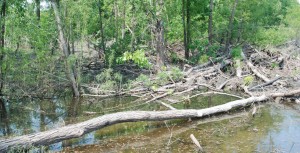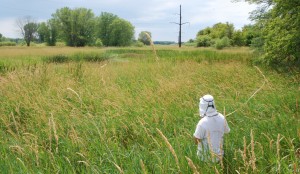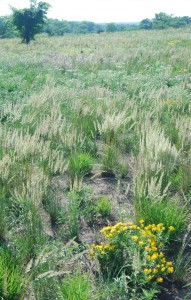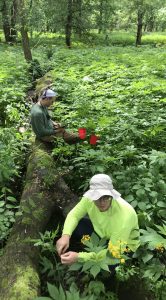Wetland restoration trajectories
Restoration ecologists often envision restoration progress as a trajectory, or a developmental course over time. We have found that these trajectories are contingent on factors operating at a variety of spatial scales, from local soil properties to surrounding land uses and large-scale, unpredictable events like major floods. We are interested in how these factors shape restoration trajectories and ultimately determine the biodiversity values and ecosystem services (e.g., water quality improvement, floodwater storage and carbon accumulation) that restored wetlands provide. Our long-term objectives are to develop models that can better predict restoration outcomes at a site given its landscape context and management, and to develop a framework for establishing realistic restoration goals in the face of a rapidly changing global environment.
Wetland mitigation policy
Wetlands in the United States are protected under the U.S. Clean Water Act. Regulations require developers to compensate for impacts to wetlands by creating or restoring wetlands elsewhere. These restored wetlands are typically monitored for five years to evaluate their success at meeting a set of site-specific performance standards. However, regulators and restoration practitioners have found it difficult to define and quantify restoration success, and many restored wetlands fail to achieve their established goals. We are working to evaluate whether mitigation policies are effective in ensuring the replacement of the ecological structure and function of natural wetlands.
Invasive plants
Invasive species are a primary cause of failure to achieve restoration goals. Our research addresses the impacts of invasive plants on biodiversity and ecosystem processes in restored ecosystems. We are also investigating the underlying landscape and local drivers of non-native plant invasion and developing methods to restore invaded prairies and wetlands.
Ecological assessment
Plant-based ecological indicators like the Floristic Quality Index, a tool based on the plant species present in a community, are increasingly relied on to support management decisions and set restoration goals. We are investigating how these indicators change through time following restoration and exploring some of the assumptions underlying the use of these indicators in forests and wetlands. We are also involved in projects to evaluate the ecological condition of wetlands at statewide, regional and national scales.





